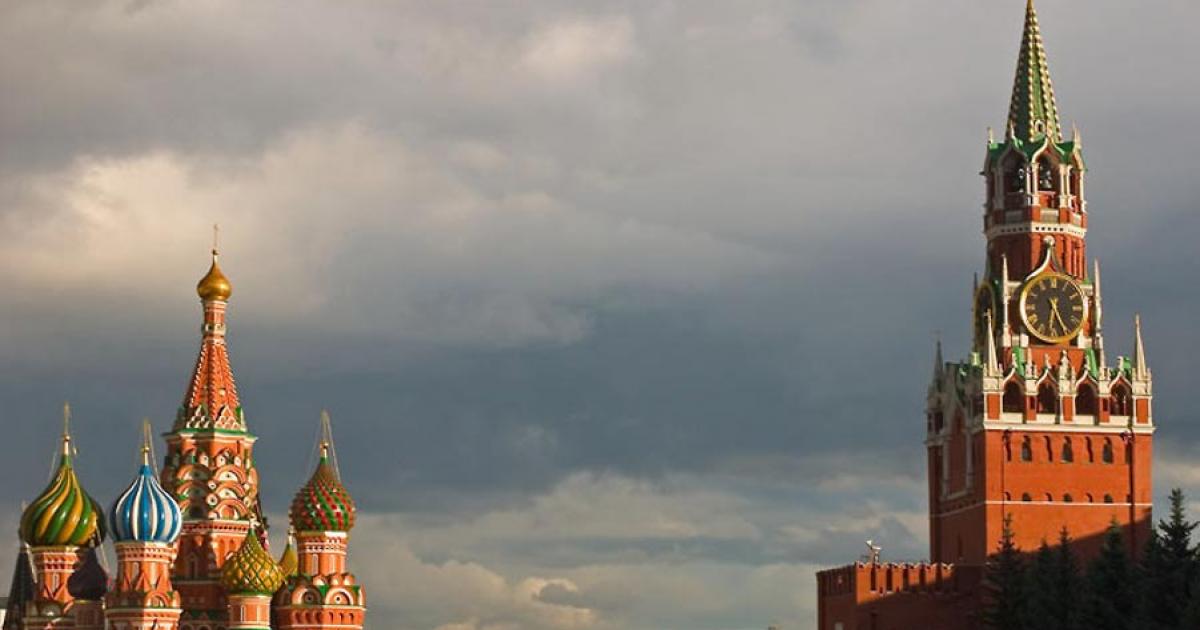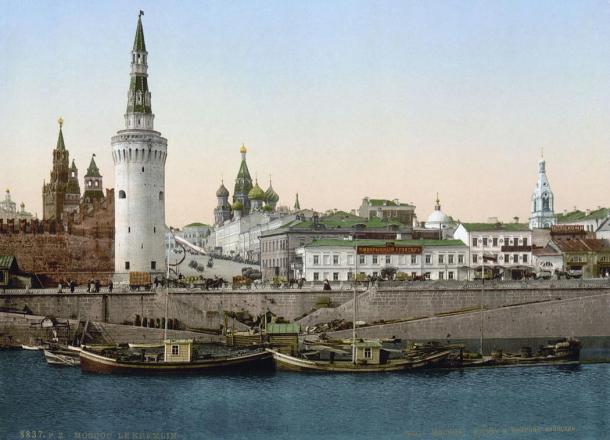
Ancient road is the oldest ever found in Moscow
Archaeologists have discovered a road that dates back to around the founding of the city of Moscow in the 12 th century, making it the oldest ever found to date in the historic city.
The Moscow Times reports that the road is in Moscow’s Zaryadie district, the oldest part of the city, and once connected a wharf on the Moscow River with the Old Kremlin.
“We were very lucky to have reached the road. The district is full of the city's infrastructure lines and old archaeological excavation sites,” Leonid Belyayev of the Russian Academy of Sciences’ archaeological institute told the Moscow Times.
The road is not shown on old maps of the city but is mentioned in city chronicles. It was known as the Large One or Velikaya in Russian. The archaeologists have uncovered most of the 17 th century layer and part of the 15 th, but they believe it was first traveled in the 12 th century.
The Zaryadie is the historic part of Moscow. At its center stood the huge Rossiya Hotel, built in the 1960s. Most of the buildings in the district had been demolished in the 1930s and ‘40s to make way for Soviet construction projects that were never completed. The hotel, too, was demolished, in 2006, when archaeologists began digging in the district. The property of the Zaryadie district will be rebuilt.

The Hotel Rossiya, which stood in the Zaryadie district, under which the old road has been excavated. The hotel was demolished in 2006. (Photo by Laban66/Wikimedia Commons)
The history of the founding of Moscow is rather sordid, according to an article on the site WayToRussia.net. The first mention in historical chronicles of the Russian city, which now is home to as many as 17 million people, goes back to 1147, when Prince Yury Dolgoruky stopped at what was just a settlement of a few houses. He had just concluded successful negotiations and wanted a feast to celebrate. Dolgoruky and his train were traveling to the city of Vladimir when they stopped on the banks of the confluence of the Neglina and Moskva rivers. They killed the homeowner and abducted his wife and daughters, WayToRussia.net says. Then they feasted at the site where the Kremlin is today.
Dolgoruky built a wooden fort there, and in 1326 the seat of the Russian Orthodox Church moved from Vladimir to Moscow. In 1328 Moscow became the capital of Russia. Around that time stone buildings were constructed. By the end of the 14 th century, the Kremlin citadel had fortifying stone walls surrounding it.

An old photo of a scene along the Moskva River (Wikimedia Commons)
Ivan the Great, who ruled from 1462 to 1505 and unified Russia, extensively remodeled the Kremlin.
“Meanwhile,” says an article at Moscow.info, “Moscow spread outside the walls of the citadel, and the Kremlin became a world apart, the base of the twin powers of state and religion. This period saw the construction of the magnificent Cathedrals of the Assumption, the Annunciation and the Archangel, and the uniquely Russian Terem Palace, the royal residence. The addition of the Ivan the Great Bell Tower completed Sobornaya Square, and added to the imposing effect of the Kremlin skyline.”
Subsequent Russian rulers built onto and adapted the Kremlin’s buildings and grounds. Peter the Great (1672-1725) moved Russia’s capital to St. Petersburg, but even he built an armory at the Kremlin. In the 18 th and 19 th centuries the Senate Building and Great Kremlin Palace were constructed.
In 1917, after the Russian Revolution overthrew the monarchy and nobility, the Kremlin again became the seat of the Russian government with Moscow as the capital city.
Featured image: St. Basil's Cathedral and the Spasskaya Tower of Kremlin in Moscow’s Red Square (Photo by Dmitry Azovtsev/Wikimedia Commons)
By Mark Miller















